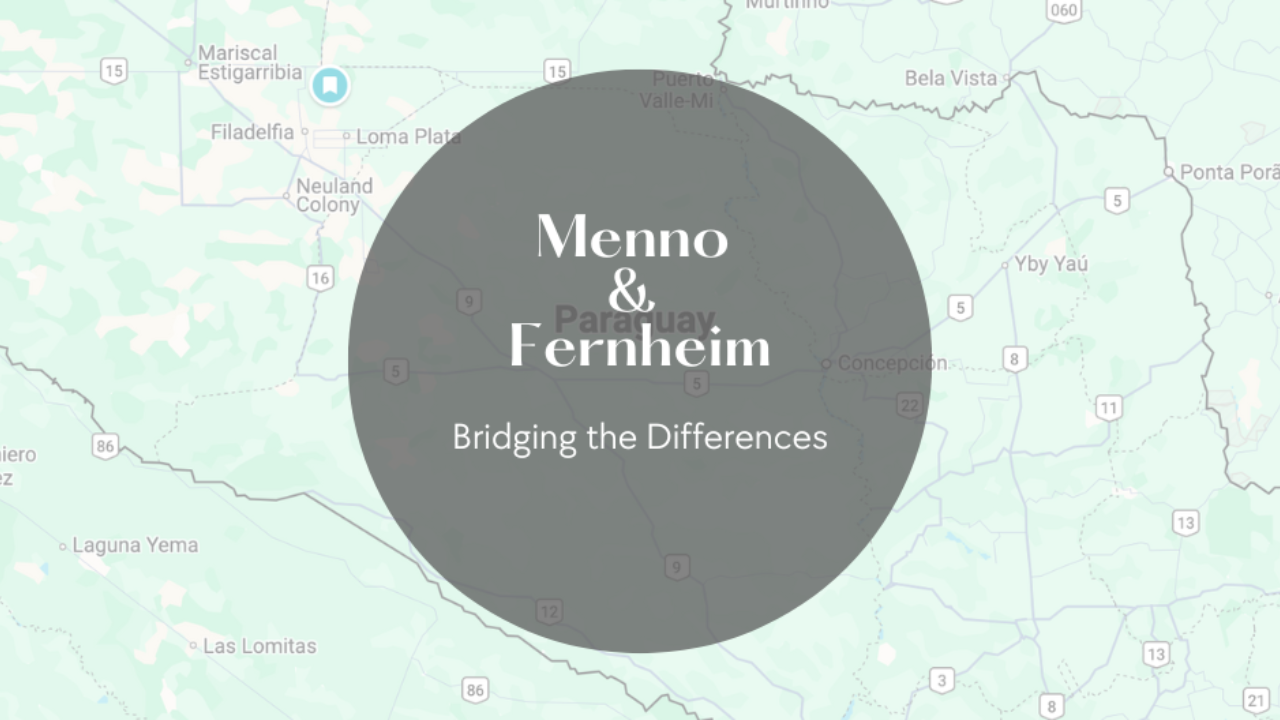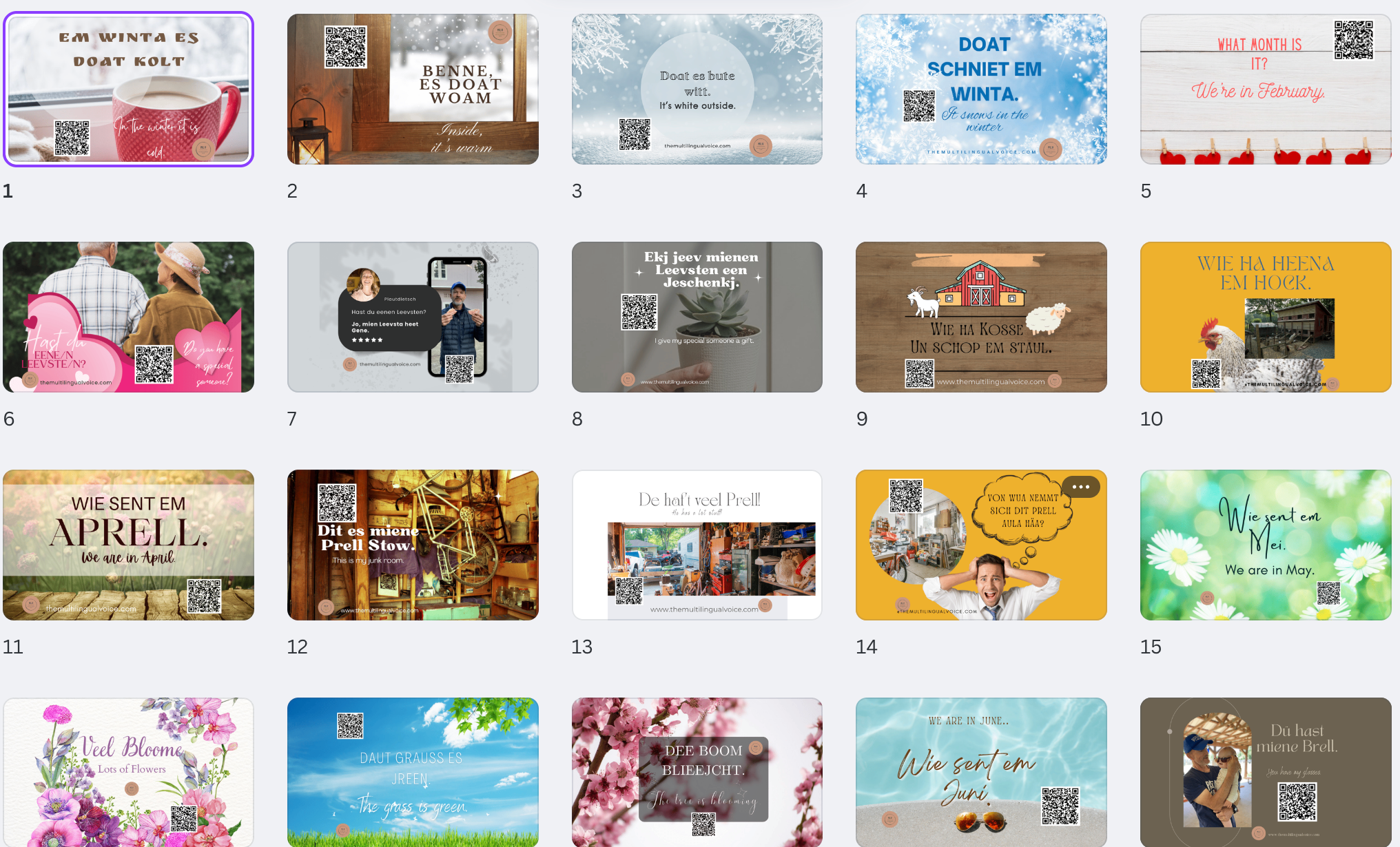ELL Strategy: Grouping New Vocabulary
There's a way to help your recall when learning a new language. Strategy #4 focuses on the "Grouping" technique. This involves categorizing new vocabulary and allows you to pull information from a specific group, making it easier for your brain to retrieve and store information.
This technique can be customized to fit your preferences. For example, you may choose to categorize words by color coding or grouping them in another way. Many language learning books utilize a similar approach, grouping related vocabulary together on a certain page. Gene, who learned Russian, used this technique effectively by creating a language learning journal with various categories and pictures. By creating your own reference tool, you can add new words at your own pace, gradually building your vocabulary without feeling overwhelmed.
The grouping strategy is not about memorization, but rather sorting and organizing new information to improve recall. You can group words by meaning or by similar patterns in spelling or pronunciation. For example, when learning English, you may group words with the same sound cluster (/alk/) together to remember how to read the pattern.
Color coding and highlighting words can help you remember them better. You can also use prefixes to help remember new words. For instance, in Russian the prefix "pro" indicates completion, such as "Pro-khodit" meaning to enter the home completely. By noticing suffixes in new words, you can expand your vocabulary and create new meanings.
The "Grouping Strategy" can be a game-changer when it comes to learning a new language. Not only does it help you organize your vocabulary, but it also makes it easier to retrieve and remember information. Here are some additional tips to help you make the most out of this technique:
- Get clear on the need for communication. Are you communicating in an educational realm? Are you communicating for travel?
- Group by context in journal - Put tabs in a journal or other tool where you can categorize new information. For example, if you're learning Spanish so that you can travel independently, you'll want to label a page in your journal for food-related words together, making it easier to remember them when you're dining out.
- Color-coding - Use a highlighter to color code certain patterns that you might see in the words. Languages are filled with phonetic and grammatical patterns. Highlight the ones that you notice and that make sense to you.
Remember, learning a new language is a journey, not a race. Use the "Grouping Strategy" technique to make the journey more enjoyable and efficient. With dedication and patience, you'll be on your way to fluency in no time.
The Language Learning Guide
Get the FREE resource to boost your language learning efforts.
If you are wanting to learn a new language for a specific situation and you just can’t find the program to meet that need, I’ve created a guide with strategies and tools to create phrases that resonate with your context.
We hate SPAM. We will never sell your information, for any reason.




